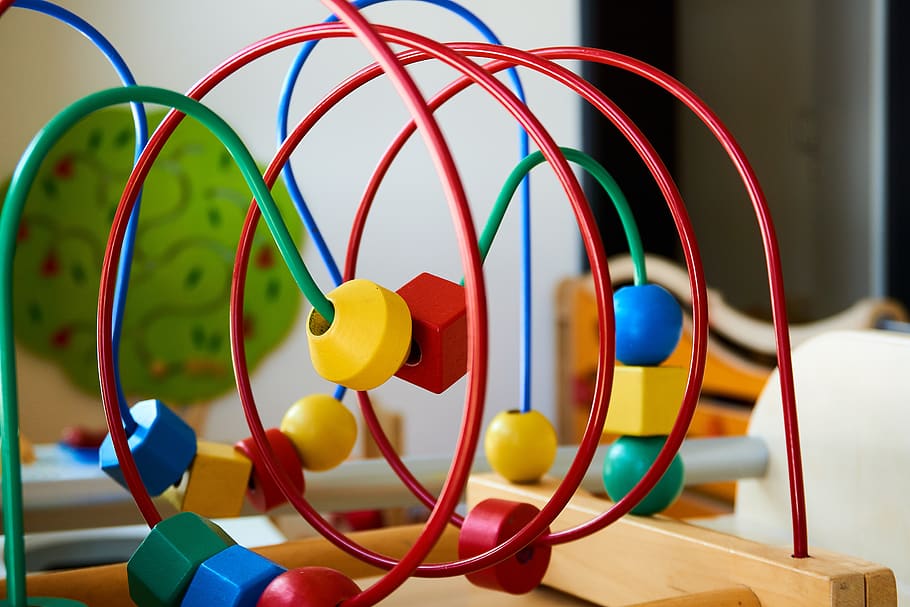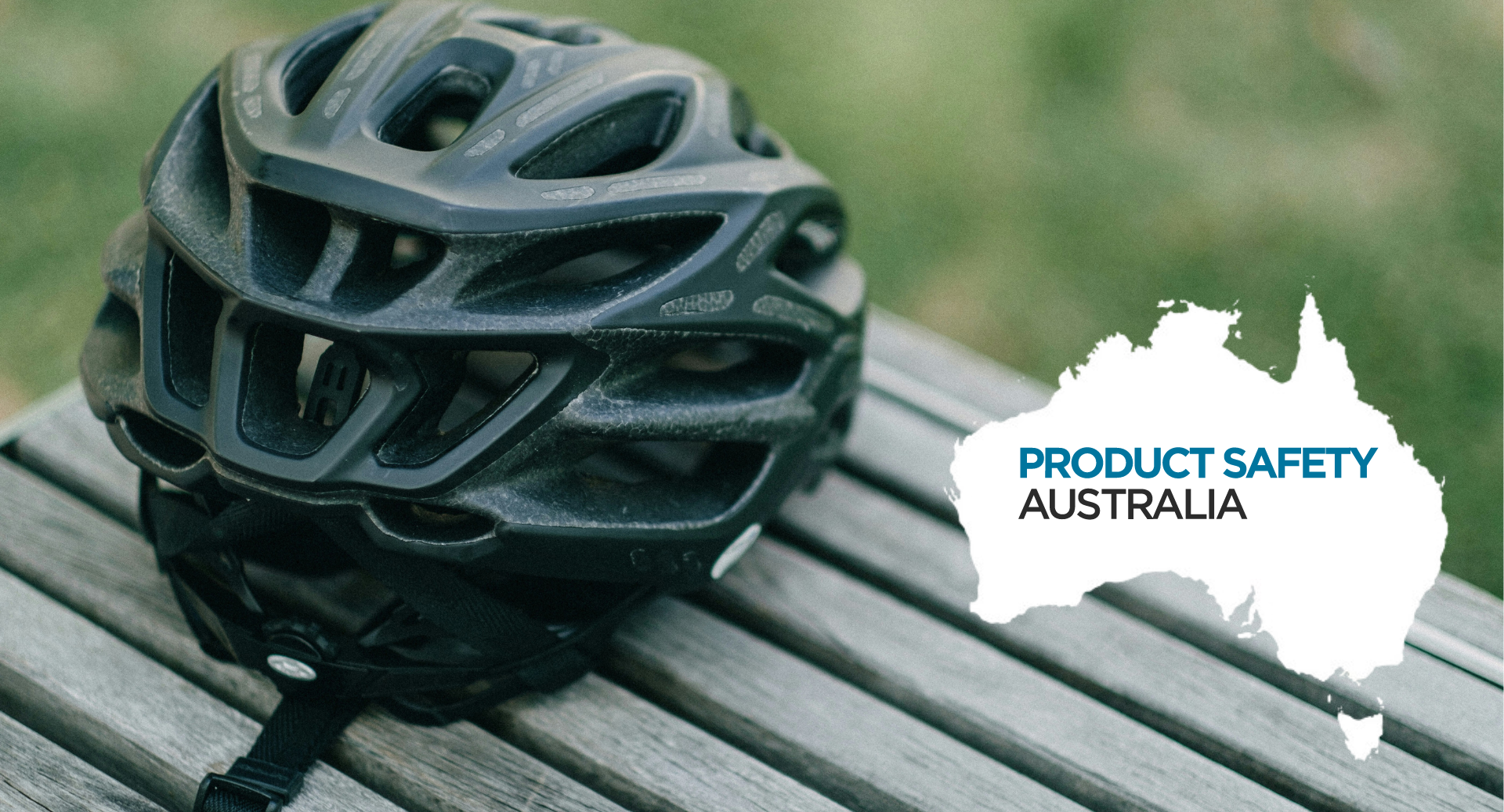
Children’s Toy Testing
The CPSC has strict regulations and guidelines when it comes to the testing and certification of children’s toys.
A children’s toy is defined as any toy designed or intended for children under 12 years of age. If your company is importing, manufacturing, and/or distributing children’s toys, it is imperative that you partner with a qualified 3rd-party testing lab like ACT LAB.
Depending on the type of toys you are selling, your product may be subject to specific types of tests to test for flammability, chemicals, and more. Our team can help you establish what tests you need to perform to ensure the safety of your product(s).
At ACT LAB we take the safety of consumers and companies seriously. When you partner with us, you can ensure that your products will undergo the most rigorous testing to meet all local and global regulations, no matter the marketplace you plan to sell in.
Testing Services
The Toy Safety Standard
As specified by CPSC, “ASTM F963, The Standard Consumer Safety Specification for Toy Safety, is a comprehensive standard addressing numerous hazards that have been identified with toys. In 2008, the Consumer Product Safety Improvement Act of 2008 (CPSIA) mandated that the voluntary toy safety standard in effect at that time become a nationwide mandatory children’s product safety rule.” All toys manufactured or imported after February 28, 2018 are required to meet the regulations of this standard.
Many toys are covered under the toy safety standard, while some are not or are covered by their own standard, such as bicycles. For a full list of what toys are covered and those which are not please see the ASTM International Website or consult with our team.

Regulations outside of the US
Depending on where you intend to distribute your toy products, you may be subject to different testing and regulation requirements. For example, the EU toy directive outlines criteria for toys made and distributed in the EU.
It is the responsibility of manufacturers to be familiar with laws and regulations depending on their marketplace. Failing to do so can result in legal repercussions, customer injury, recalls, and more.
About ACT-LAB
ACT-LAB is an ISO/IEC 17025 accredited laboratory that conducts consumer product safety and compliance testing for an active world. We can help ensure that your products both meet industry standards and are inspected to ensure the utmost quality.
To learn more about our tests contact us today.
Read more about our accreditations here.

 ISO/IEC 17025 Accredited Independent Testing Laboratory
ISO/IEC 17025 Accredited Independent Testing Laboratory








